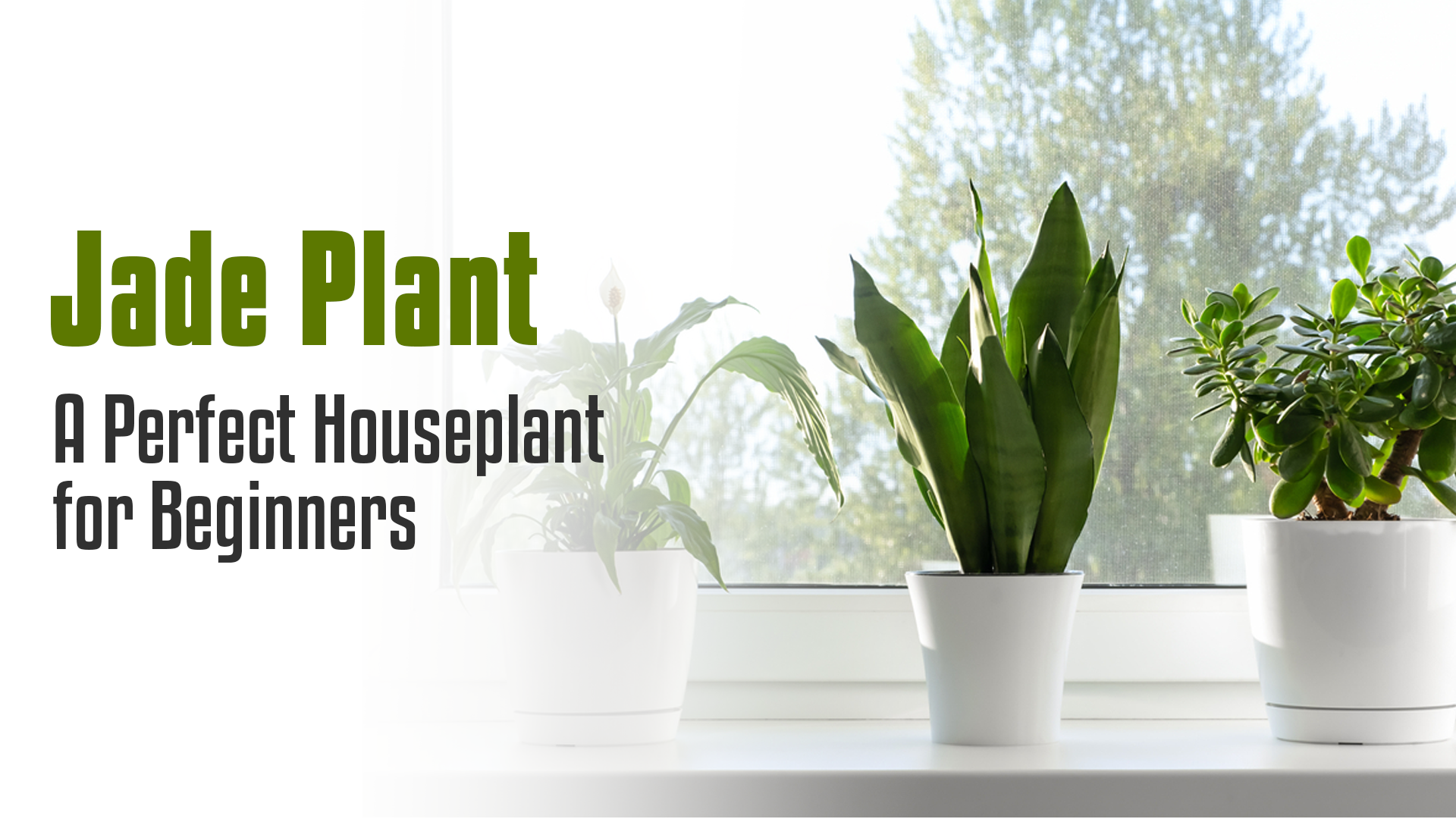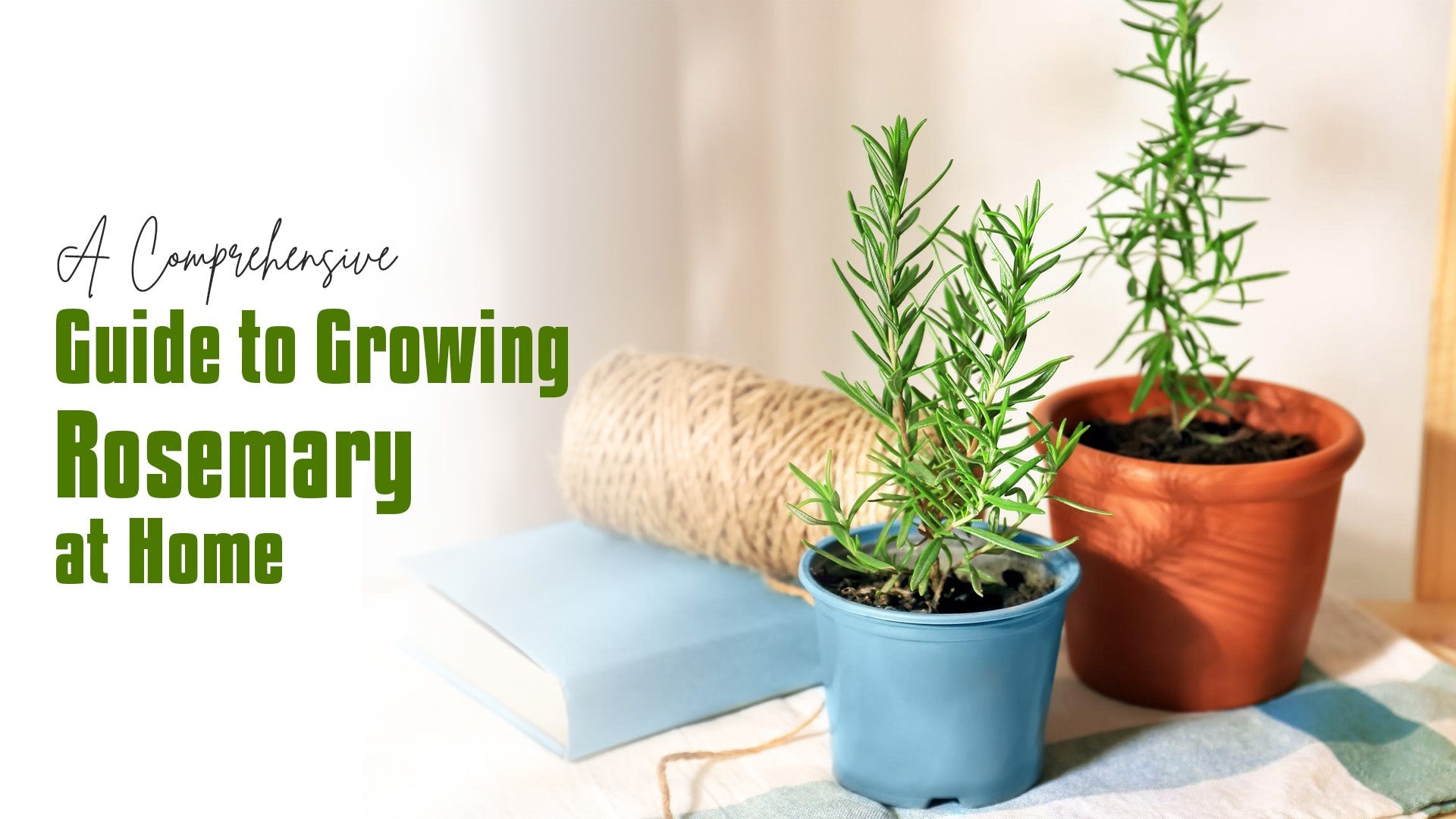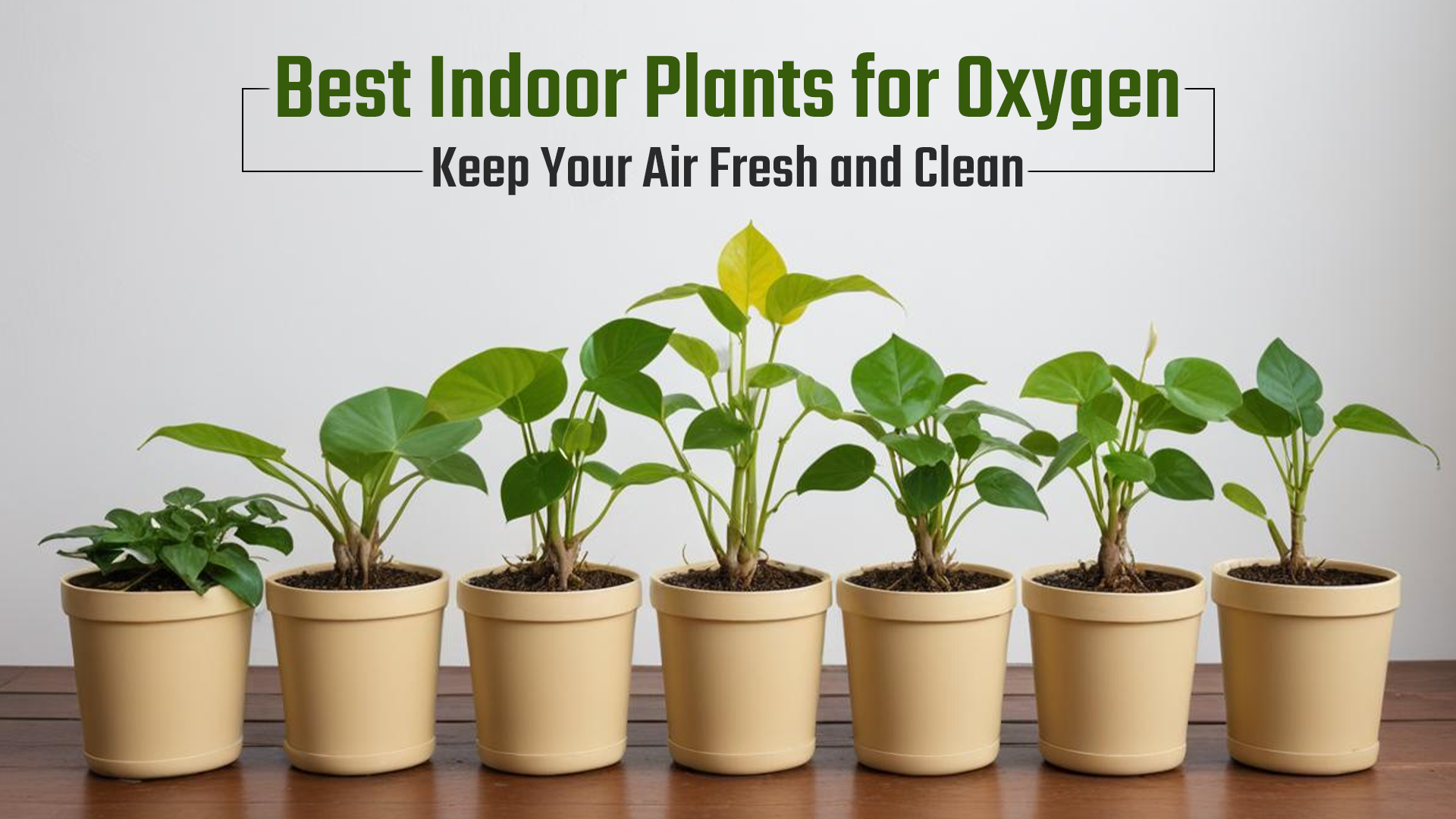
The Ultimate Guide to Indoor Planters: Bringing Life to Your Home
Visualize arriving at a peaceful oasis. The window lets in sunlight, which dapples the leaves of the luxuriant flora that has been arranged carefully across the space. A colorful snake plant keeps guard in the corner, its patterns striking a lovely contrast with the muted tones of your throw pillows. A hanging macrame planter with cascade pothos spilling out of it adds a quirky beauty with its trailing vines. This is how indoor plants work, my friend.
Indoor plants have several advantages that go well beyond just being aesthetically pleasing and can improve your health considerably. According to studies, houseplants filter common pollutants like formaldehyde and benzene found in ordinary household products, acting as natural air filters. Additionally, they can aid in lowering tension and anxiety, fostering serenity and enhancing concentration. Even in the middle of a busy city, taking care of plants may foster a sense of success and a connection with nature.
However, where do you even start? Fear not—this thorough guide will provide you with all the information you require to start your plant-parenting journey. We'll cover all you need to know to bring life—literally—to your house, from choosing the ideal green companion to building a flourishing indoor jungle.
Choosing the Perfect Plant for You
The first step is understanding your lifestyle and home environment. How much natural light do your rooms receive? Are you someone who thrives on routine, or do you prefer low-maintenance options?
1.Low Light Warriors

Do not worry if your house has a lot of shadows! A number of plant heroes take up the task. With its visually arresting variegated patterns and architectural upright structure, the snake plant (Sansevieria trifasciata) tolerates low light levels and needs little irrigation. Another champion is the ZZ plant (Zamioculcas zamiifolia), which has beautiful, deep green foliage and can withstand prolonged neglect.
2.Bright Light Seekers

Succulents and cacti are the indisputable stars of sunny rooms. These low-maintenance beauties' of varied forms, sizes, and textures will provide a hint of the desert to your space. A popular choice is the jade plant, with its plump leaves. The echeveria, with its vibrantly colored, fleshy leaves arranged in rosette-shaped clusters, adds a comical touch.
3.Flexible Friends

Certain plants are more tolerant of light than others, such as philodendron and pothos . They are ideal for novices or people whose home has different levels of light because they can withstand a variety of lighting situations, from mild to bright indirect light.
Maintenance Requirements
When selecting a plant, take your lifestyle into account. Low-maintenance choices like succulents, snake plants, or ZZ plants, which need no upkeep other than occasional watering, may be appropriate for people with hectic schedules. Orchids and other flowering plants like African violets may be a suitable choice if you want a more hands-on approach. Just keep in mind that these beauties frequently require more frequent watering and particular lighting.
Popular Indoor Plant Options
Here is a quick guide to some popular indoor plant choices, categorized by their light and water needs:
Low Light
1.Snake Plant (Sansevieria trifasciata) - Needs watering only when soil feels dry.
2.ZZ Plant (Zamioculcas zamiifolia) - Tolerates infrequent watering and neglect.
3.Cast Iron Plant (Aspidistra elatior) - Known for its near-indestructible nature.
Medium Light
1.Pothos (Epipremnum aureum) - Easy to care for, tolerates a range of light conditions.
2.Philodendron (Philodendron spp.) - Available in various shapes and sizes, thrives in indirect light.
3.Chinese Money Plant (Pilea peperomioides) - Adorable and easy to propagate.
Bright Light
1.Succulents and Cacti (Various genera) - Low-maintenance, require infrequent watering and good drainage.
2.Spider Plant (Chlorophytum comosum) - Produces baby spiderettes, perfect for propagation.
3.Ponytail Palm (Beaucarnea recurvata) - Distinctive bulbous base, stores water for drought tolerance.
Selecting the Right Planter
It's time to find your ideal plant partner a chic home now that you've selected them. However, utility holds equal significance to beauty. When choosing a planter, take into account the following important factors:
1.Planter Material
Ceramic: For larger plants, ceramic pots provide good stability and weight. They are both classic and attractive. Nevertheless, some of them might not have drainage holes, and they can be easily chipped and cracked.
Plastic: Pots made of plastic are inexpensive, lightweight, and a fantastic option for novices. They might not have the same visual appeal as other materials, though, and they might be less breathable.

Terracotta: This naturally permeable material promotes proper drainage and air movement. It can dry out rapidly, so pay attention to how often you water it.
2.Drainage
This is vitally important for the health of plants. Your plant may die from root rot if there is stagnant water surrounding the roots. To catch extra water, use pots with drainage holes and set them on a saucer. If you don't intend to utilize an inner pot with drainage, stay away from attractive planters without holes for drainage.
3.Planter Size
Choosing the appropriate pot size is crucial for the robust growth of your plants. Too big of a pot will cause overwatering problems, while too little of a pot will limit root development. Generally speaking, the appropriate pot width is 1-2 inches broader than the plant's root ball.
You can create a thriving indoor jungle in your living area with a little forethought and attention. The advantages of having indoor plants are indisputable; they provide better air quality, less stress, a sense of connection to nature, and visual attractiveness. So, why do you hesitate? Explore the world of houseplants and set off on a fulfilling trip that will bring you leafy friends and a healthier, greener home. Always keep in mind that there is a perfect plant ready to infuse your room with life.





